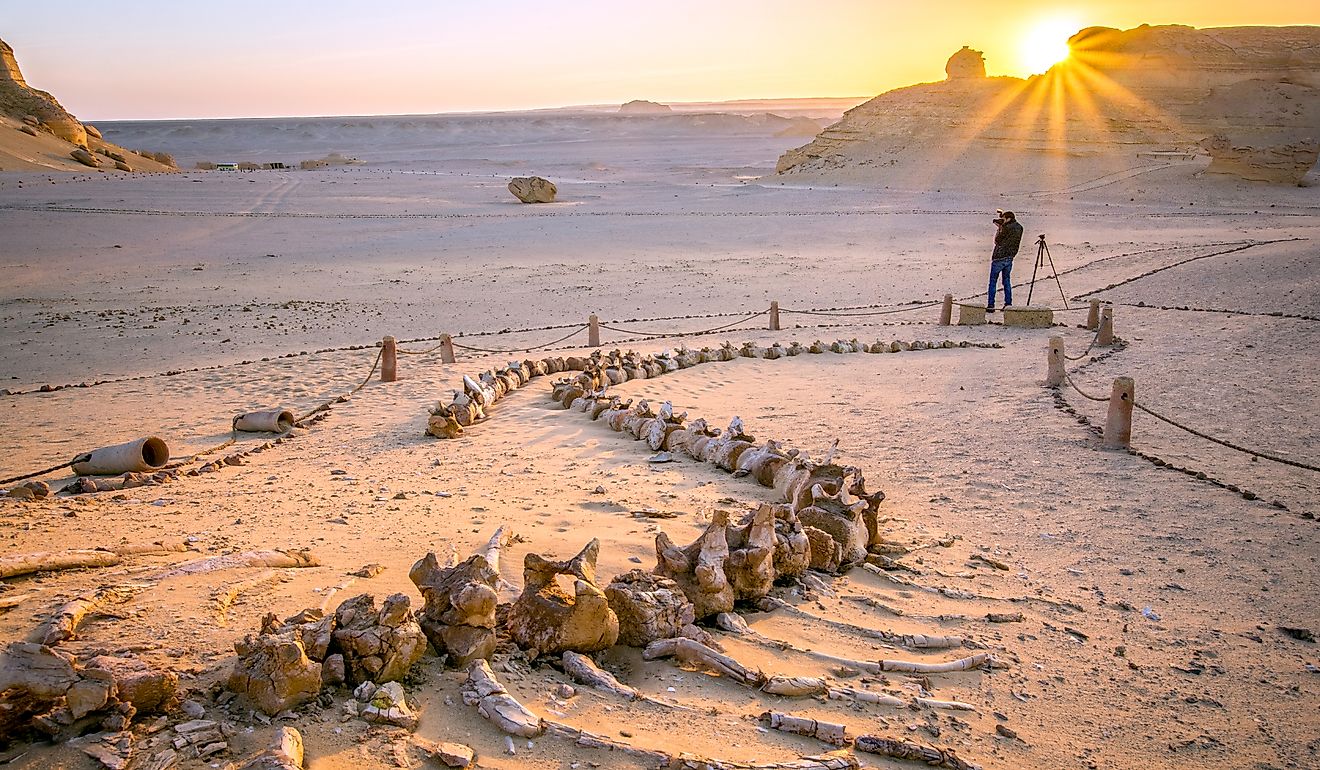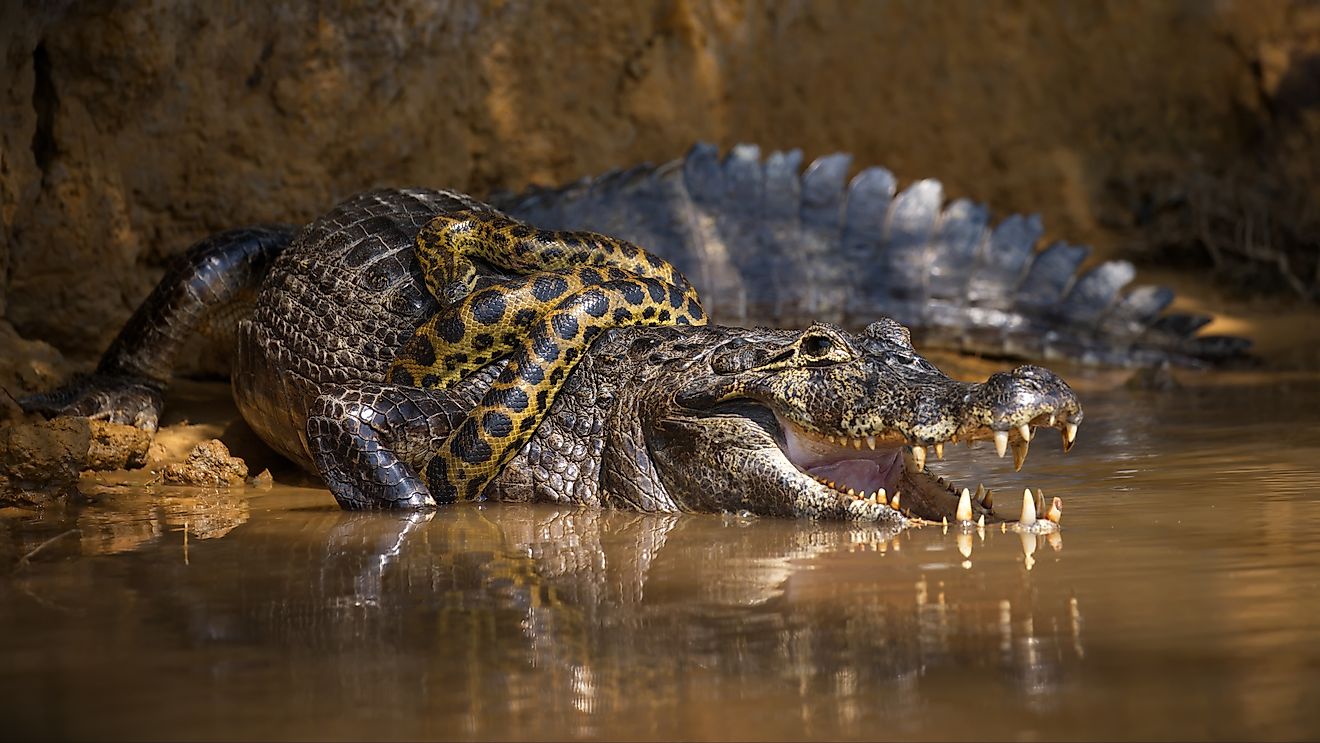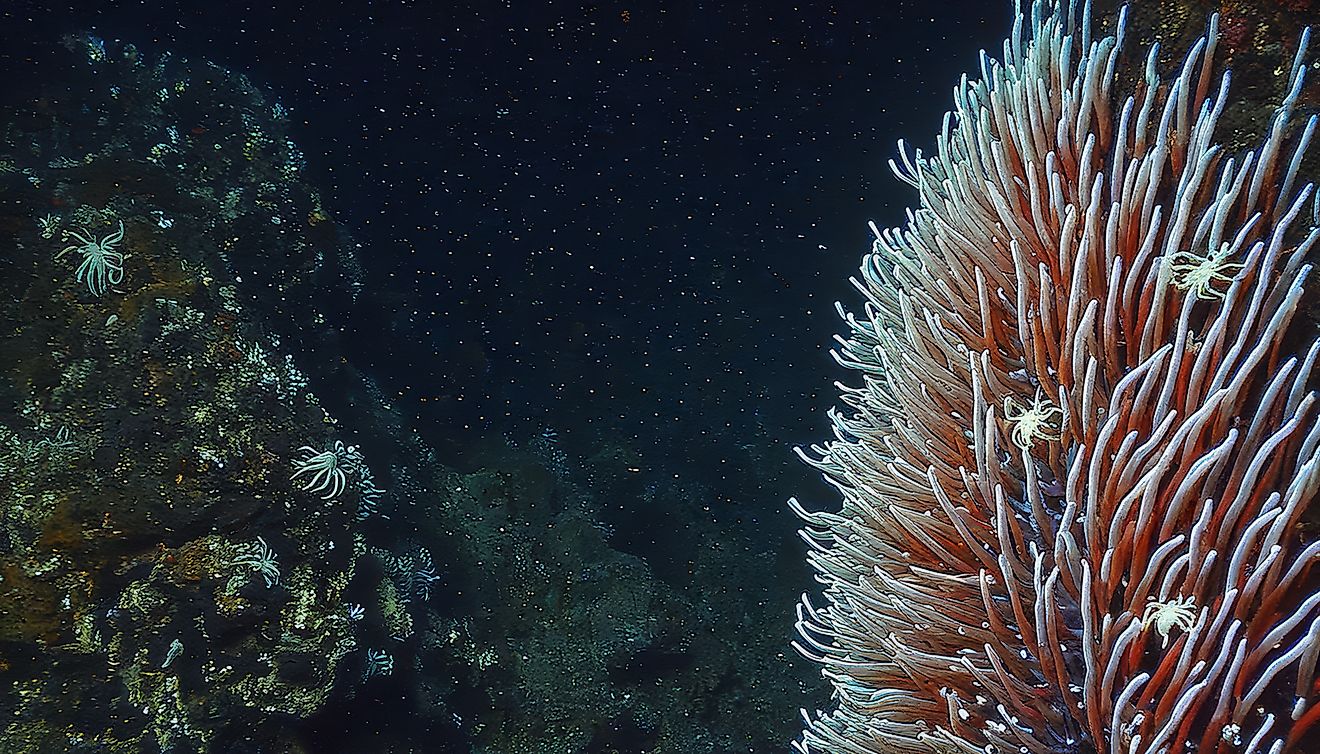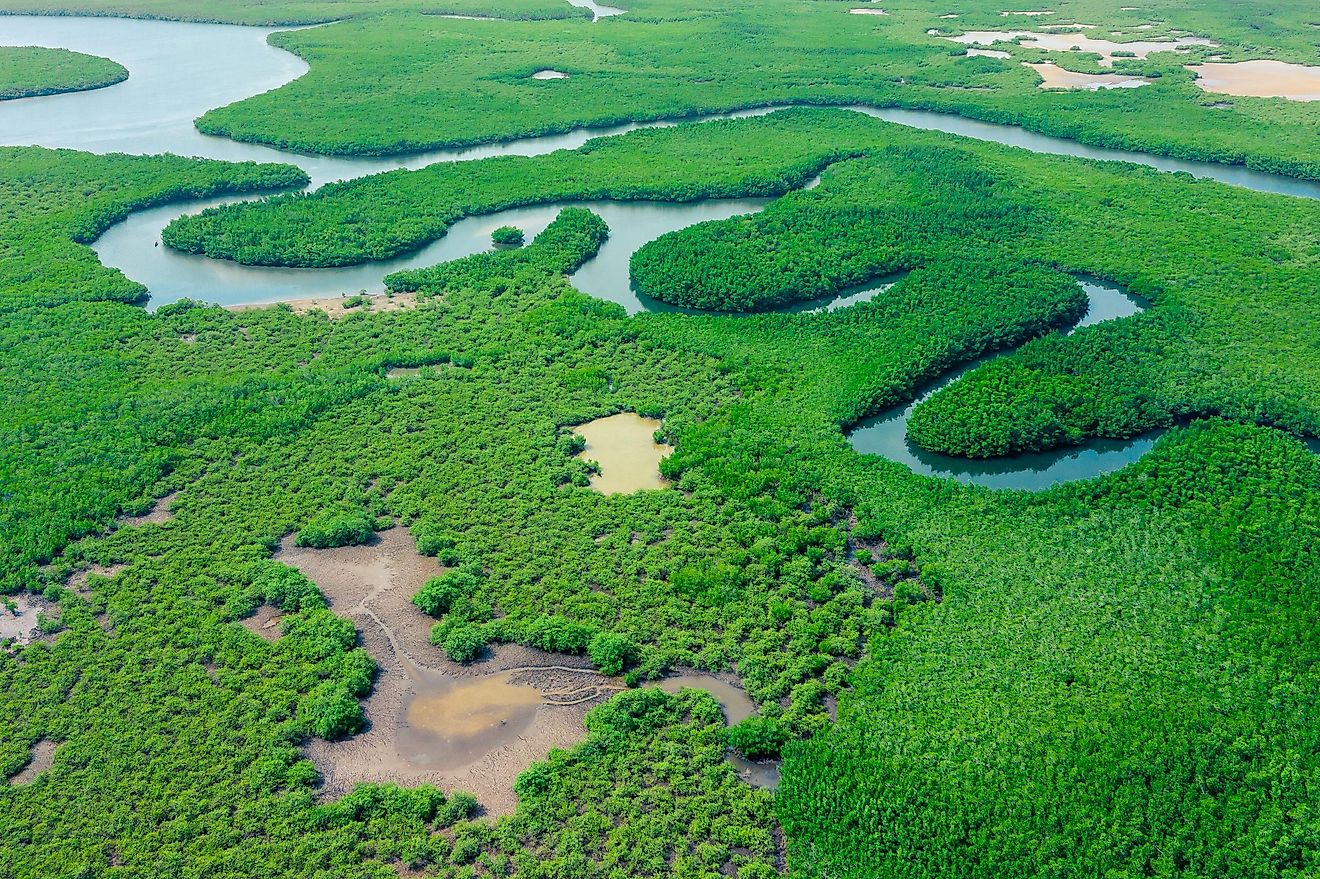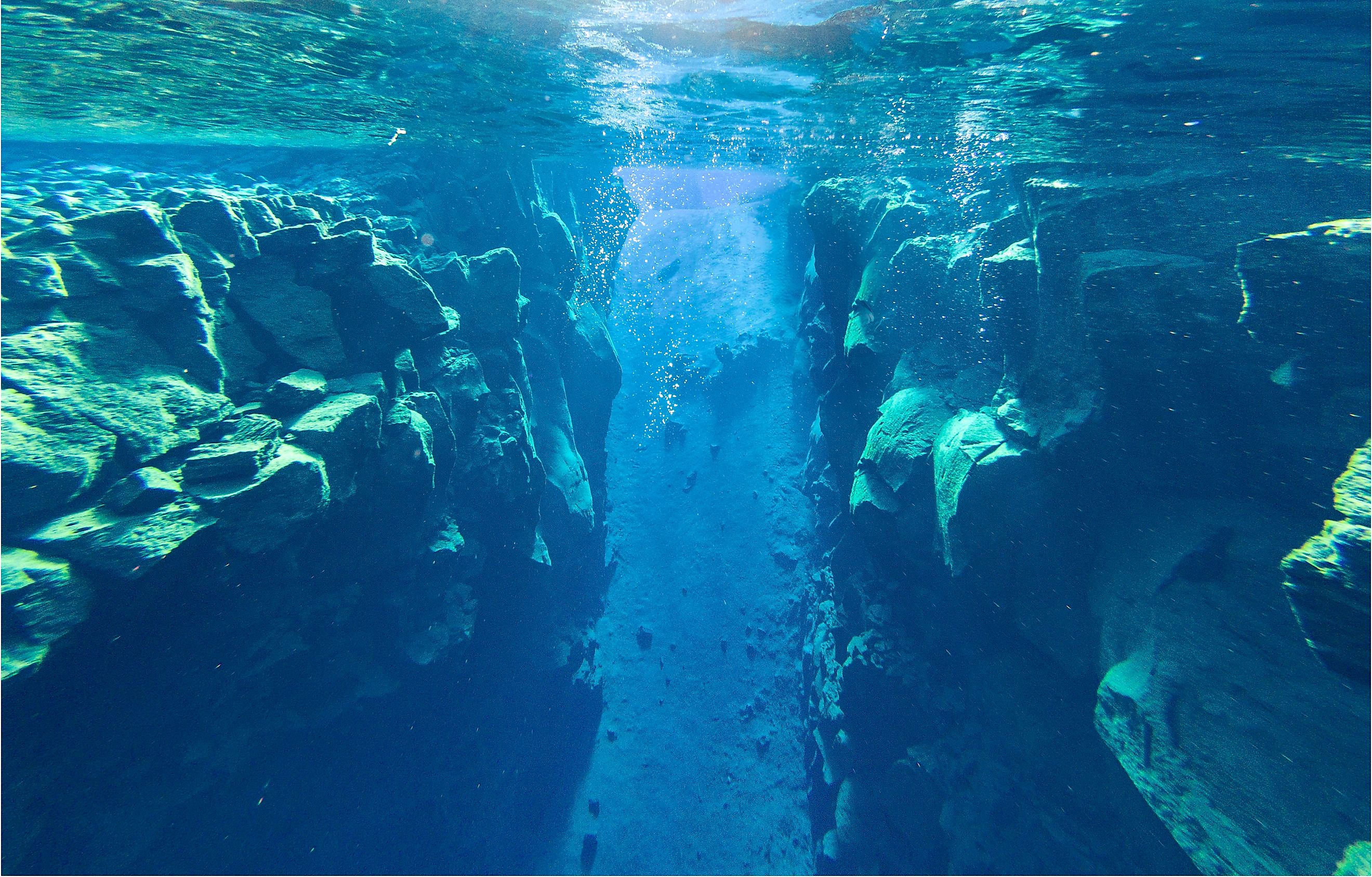
How Much Water is in Earth's Crust?
Earth, the "blue planet," is characterized by its vast oceans that cover 71% of its surface. This massive amount of water is the lifeline of the planet, facilitating human, animal, and plant life throughout. However, along with the water on its surface, the Earth holds extensive amounts of water within its crust. This subterranean water plays a crucial role in geological processes and is vital for the planet's water cycle. From cooling magma to influencing the movement of tectonic plates, it serves various important purposes. While it was unsure how much water is in the crust, recent advancements in geological research have provided new insights, and scientists now believe that the figure is greater than 10 million cubic miles.
Earth's Crust: Composition and Structure
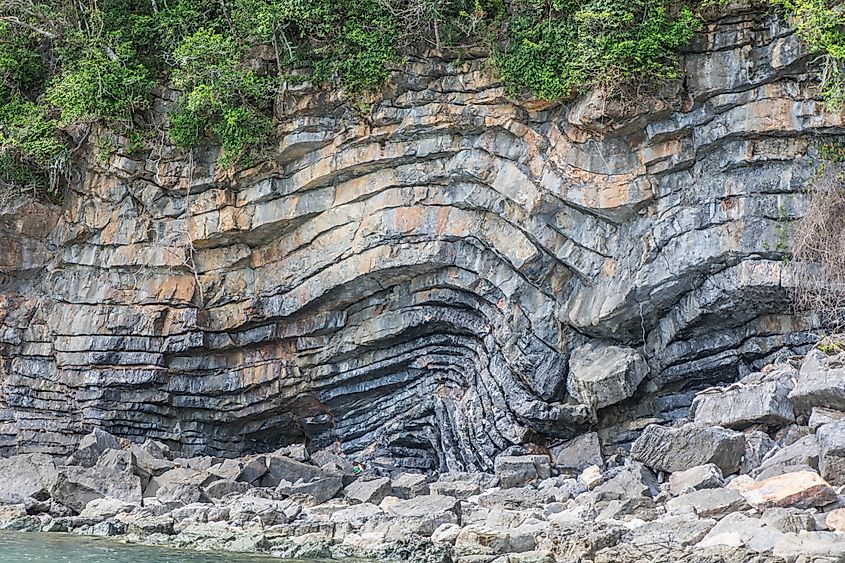
The Earth's crust is the outermost layer of the planet, lying above the mantle and divided into two distinct types: the continental crust and the oceanic crust. The continental crust is the outermost layer and is quite thick, with an average thickness of about 24 miles (40 km). It primarily comprises granite and other light silicate minerals, making it lighter than its counterpart. In contrast, the oceanic crust is thinner and denser, with an average thickness of 4 miles (6 km). The topmost part of this crust mainly consists of basalt and lavas made from it. The interaction of water with these crustal materials significantly affects their chemical compositions and physical properties.
Pathways of Water Into the Crust
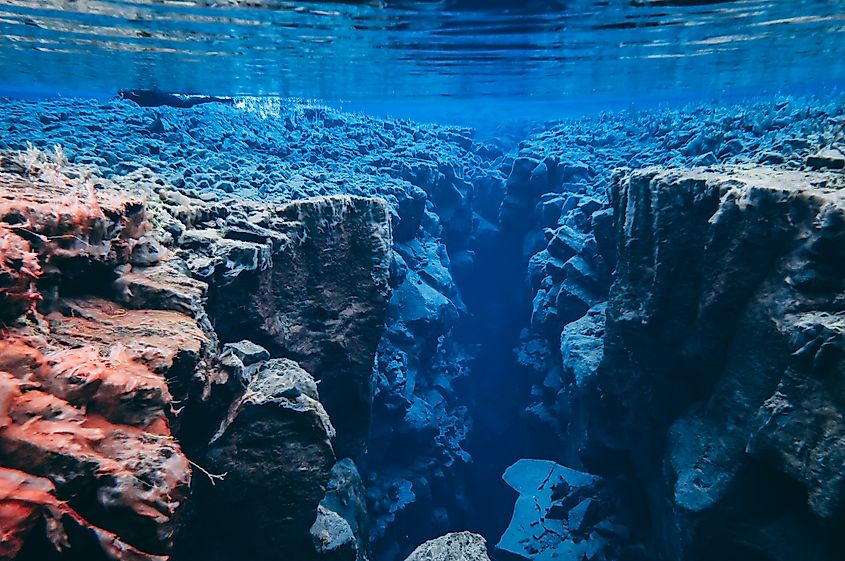
Water enters the Earth’s crust through various routes. Rainfall and surface water seep into the soil, filtering down through layers of rock via pores and fractures to replenish groundwater in aquifers. These aquifers are crucial sources of freshwater stored in permeable rock formations. Furthermore, tectonic activities such as subduction, where oceanic crust slides beneath the continental crust, and processes at mid-ocean ridges where new crust is formed allow significant amounts of water to be transported deep into the Earth.
This water is not only stored in liquid form but also becomes part of the mineral structure in rocks, creating hydrous minerals. These minerals, which form under conditions such as the cooling of magma, trap water within their crystal structures.
Recent Discoveries Beneath North America
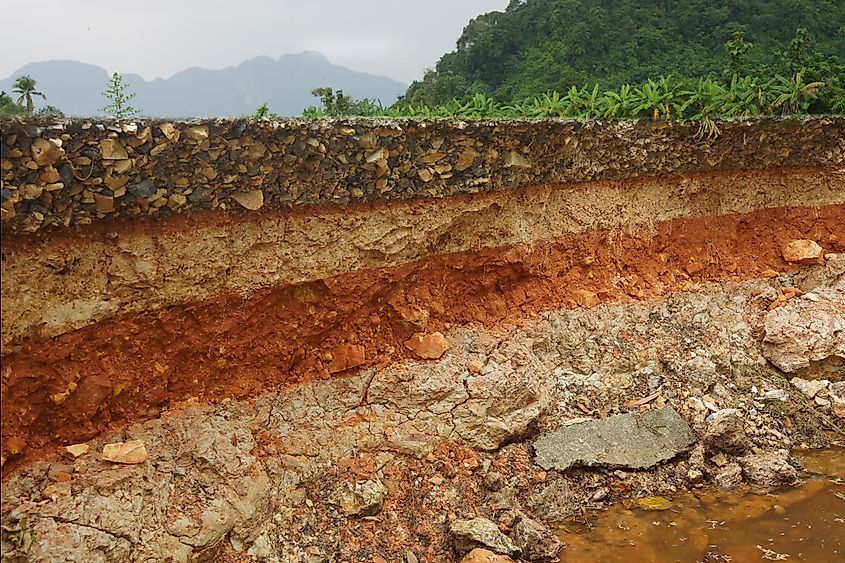
While scientists initially believed that water was deep into the Earth’s crust, there were few ways to cement these claims. Thankfully, this changed in a recent study by scientists from Northwestern University and the University of New Mexico, who utilized their understanding of water pathways and ability to use seismic waves to investigate the deep crust. The study uncovered evidence of vast amounts of water far deeper than previously known. Located in the mantle's transition zone—about 400 miles beneath the surface—this water is bound within rock minerals, suggesting a hidden reservoir. These findings demonstrate that water from the Earth's surface can be driven to great depths by plate tectonics.
Water Content in the Crust
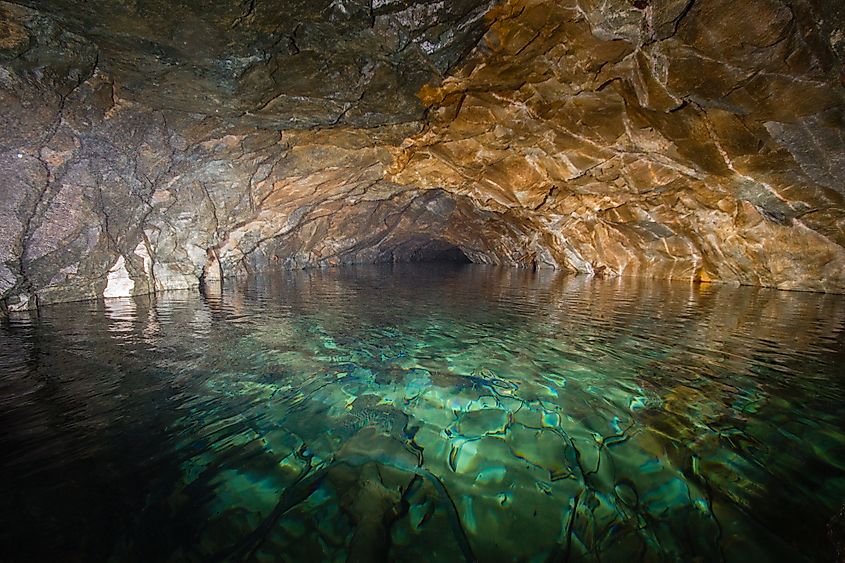
Backing up these findings, further research conducted by Grant Ferguson (hydrogeologist at the University of Saskatchewan) and others has significantly revised estimates of water stored in Earth's crust. The new figure stands at approximately 43.9 million cubic kilometers (10.5 million cubic miles), encapsulating water in all forms—from liquid and vapor to water chemically bound within minerals.
This is a substantial increase from previous estimates, which pegged the crustal water at around 1.5 million cubic kilometers. To put this into perspective, the entirety of Antarctica's ice holds less than 7 million cubic miles (29 million cubic km) of water, which is 35% less than the new figure. Thus, the updated figures not only corroborate the deep mantle discoveries but also highlight the scale of water storage within the Earth.
Implications of Crustal Water
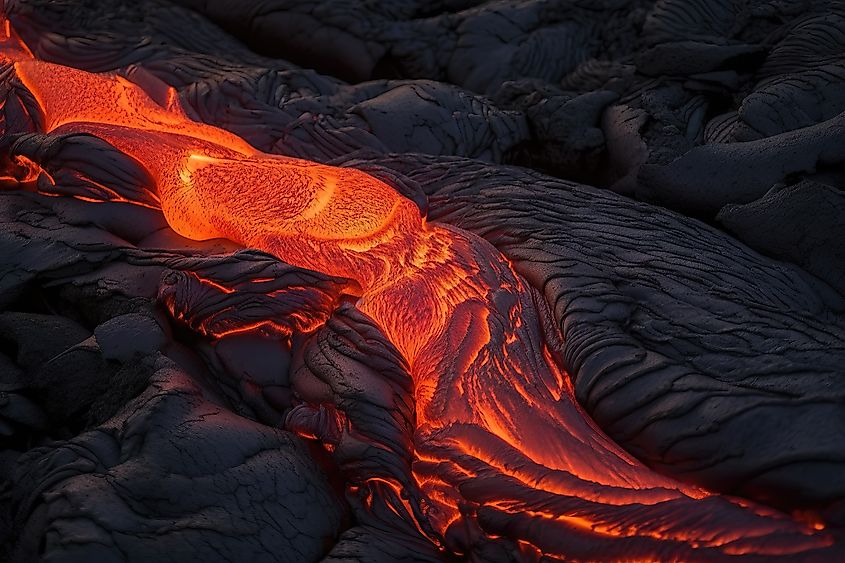
The discovery of high amounts of water deep within the Earth's crust and mantle has real implications. This water influences the behavior of magma, the formation of volcanic activity, and the movement of tectonic plates. It acts as a lubricant that facilitates the sliding of tectonic plates and plays a role in the occurrence of seismic activities by affecting rock pressure and temperature conditions.
The realization that there is more water than previously thought deep within the Earth helps explain some of the mechanisms behind volcanic eruptions and earthquakes, providing critical insights for predicting and managing these natural events.
In Summary
Recent studies have uncovered water far deeper than previously known, particularly in the mantle's transition zone. This water, found in various forms such as liquid, vapor, and chemically bound within minerals, influences geological processes like magma behavior, volcanic activity, and tectonic movements. These findings not only revise previous estimates of water in the crust but also enhance our understanding of its deep-seated influence on Earth's geology.
